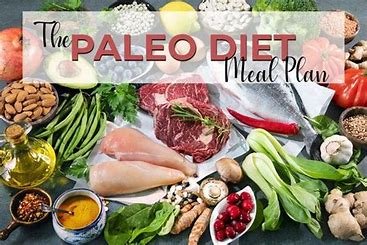The Paleo diet, also known as the Paleolithic diet, Stone Age diet, or caveman diet, is based on the idea of eating foods that our hunter-gatherer ancestors might have consumed thousands of years ago

What is the Paleo Diet?
The Paleo diet focuses on whole, unprocessed foods such as:
- Fruits and Vegetables: These form the bulk of the diet.
- Lean Meats: Grass-fed animals and wild game.
- Fish: Especially those rich in omega-3 fatty acids, like salmon and mackerel.
- Nuts and Seeds: Healthy fats and proteins.
- Eggs: A good source of protein and nutrients.
Foods to Avoid
The Paleo diet excludes foods that became common with the advent of farming, such as:
- Grains: Wheat, oats, barley, etc.
- Legumes: Beans, lentils, peanuts, etc.
- Dairy Products: Milk, cheese, etc.
- Processed Foods: Sugary snacks, soft drinks, etc.
- Artificial Sweeteners: Aspartame, sucralose, etc.
Benefits
Proponents of the Paleo diet claim it can lead to weight loss, improved blood sugar levels, reduced inflammation, and a lower risk of chronic diseases like heart disease and diabetes.
Considerations
While the Paleo diet emphasizes healthy, whole foods, it also excludes certain food groups like grains and legumes, which can be nutritious. It’s important to ensure you’re getting a balanced diet and consider consulting with a healthcare professional or dietitian before making significant dietary changes.
